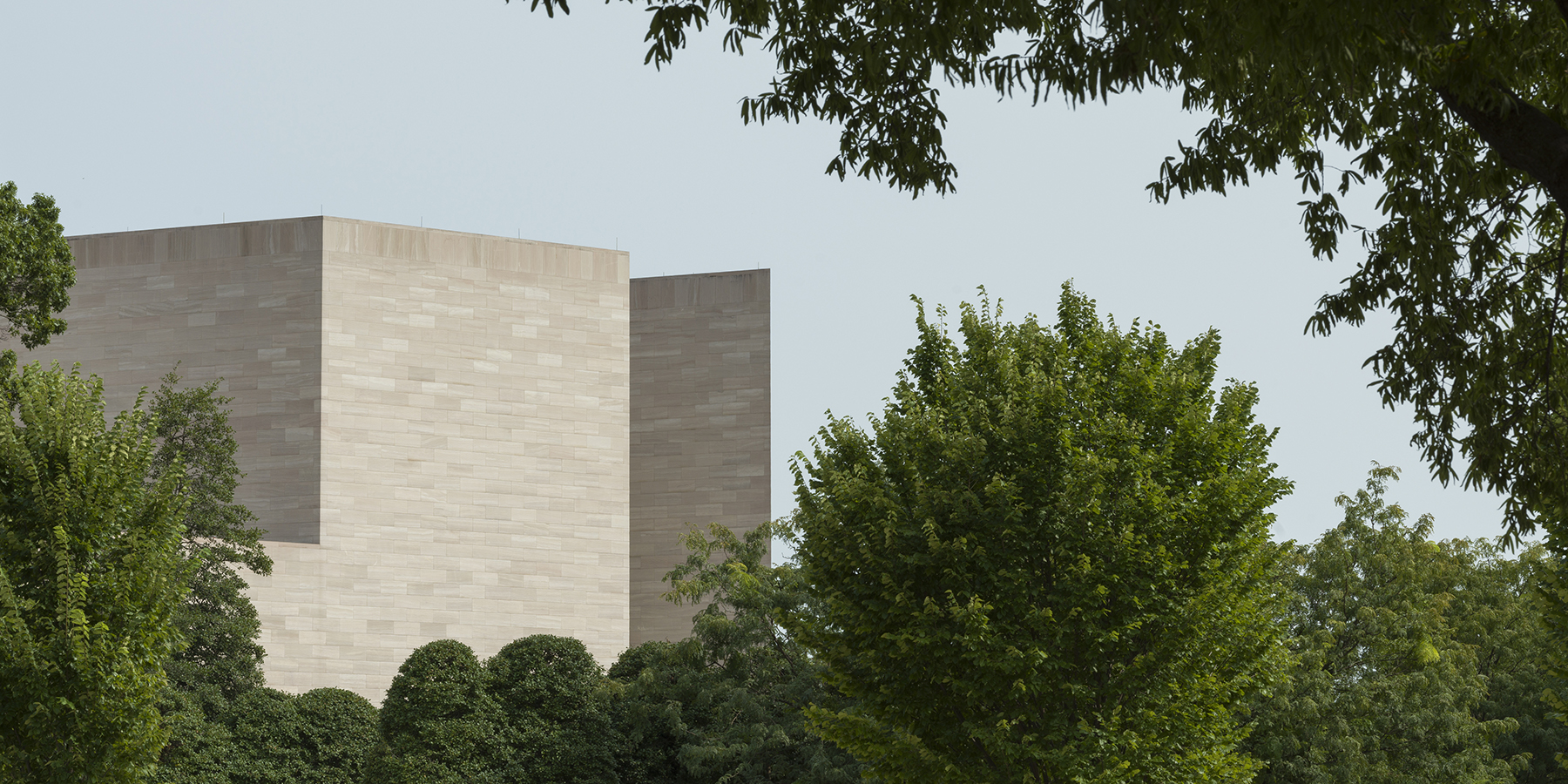My eight-week residency at the Center supported an intensive period of research and writing for “Envisioning the Middle East: The Lost History of America’s Artistic Exchanges, 1952–1979,” a revisionist account of the work of seven American artists who visited North Africa and the Middle East in the early decades of the Cold War. The United States first entered the North African theater during World War II. After the war, it forged strategic alliances with Middle Eastern oil states like Saudi Arabia and Iran. At the same time, American museums, films, and fashion marketed Islamic objects for middle-class consumption, while tourism and the jet plane opened these areas up for travel. Within such conditions, Cy Twombly (1928–2011), Robert Rauschenberg (1925–2008), and Helen Frankenthaler (1928–2011) each had an “enormous awakening” in Morocco (as Twombly wrote in a letter home); others had their own “very big experience[s]” in Iran, Turkey, and Afghanistan (as Frank Stella, b. 1936, recalled in an interview). Andy Warhol’s 1976 trip to Iran, in which he took the Polaroid Farah Diba Pahlavi (Empress of Iran), marked the end of these three decades of artistic encounter, which dissipated quickly following the 1973 Arab oil embargo, the Iranian Revolution, and the 1979 hostage crisis.
“Envisioning the Middle East” challenges hermetic, nationalist understandings of “American art” by recentering the transcultural dynamics of political expansionism and cultural encounter. Drawing on an extensive archive of unpublished documents, it uncovers a series of lost histories—histories of soft power and neo-imperialism, as well as discovery and appropriation—that continues to shape the contemporary art world today.
My time at the Center coincided with the reopening of the National Gallery’s library and a number of Washington, DC, archives, following lengthy closures during the pandemic. This enabled me to review key sources, both primary and secondary, that had been inaccessible for more than a year. Using the library’s extensive collections of international art magazines, I gathered dozens of exhibition reviews in order to trace relevant histories of reception. Resources at the National Gallery of Art Archives, Archives of American Art, and National Museum of Women in the Arts helped me to pin down additional details regarding artists’ works and travels.


